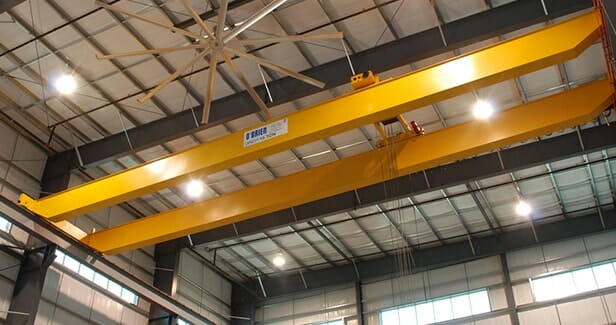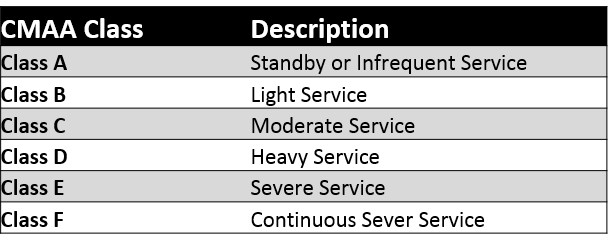
Defining Your Overhead Crane Requirements
An overhead crane is necessary where you need complete facility coverage from your lifting device. Before jumping ahead and deciding exactly what style of overhead crane you might be in the market for it is important that you clearly define the your overhead crane requirements and any expectations you have for your new lifting device.
The purchase & installation of an overhead crane is a big decision, it is a large size investment that can permanently effectthe design of your facility and the workflow of your operation. The payoff in production efficiency and labour can be substantial and is often realized quickly, provided that you have selected the right fit crane for your business.
1. Looking At Your Overhead Space
Take a look at your overhead space, is there clear and unobstructed overhead space in your facility to support the installation of two vertical runways and a horizontal bridge? Any vertical columns, beams, supports or even tall standing machinery can be seen as a clear obstruction.
If there isn’t space, it could require the construction of a custom overhead structure, a facility modification, or alternative overhead lifting solution such as a wall-travelling jib crane or enclosed-track workstation crane.
2. Determining The Height of Your Lift
Keeping in mind the overhead crane and hoist will take up at least a few feet of space off the roof of your facility, how tall of a lift do you require to support production?
Where a taller lift height is required you might want to consider a top-running double girder overhead crane, where the hoist travels along the top of the two parallel bridges. This crane style is opposed to the under-running single girder overhead crane, where the travels along the bottom of a single bridge. The hoist having a higher mount point allows for a taller lift height and more space below the hook.
3. Determining The Frequency & Capacity of Your Lift
Overhead cranes are manufactured to the requirements of pre-determined duty classes that support different load capacities and lift frequencies. Carefully examine the weight of the load(s) you have in production and the frequency of lifting that would be required to satisfy your future production objectives and pair it with the respective duty class.

4. Consider Any Special Requirements
Take a look at your environment and consider any special overhead crane requirements you might have. Overhead cranes themselves are highly customizable with multiple styles and configurations that are built to support nearly every application.
Pro Tip: Invite a manufacturer’s product expert to get involved early in the process, they are often available to provide on-site consultations and will be able to provide valuable recommendations on your specific overhead crane requirements based on their past experience. Locate A Sales Rep
For more information on choosing an overhead crane please see Choosing Your Overhead Crane
